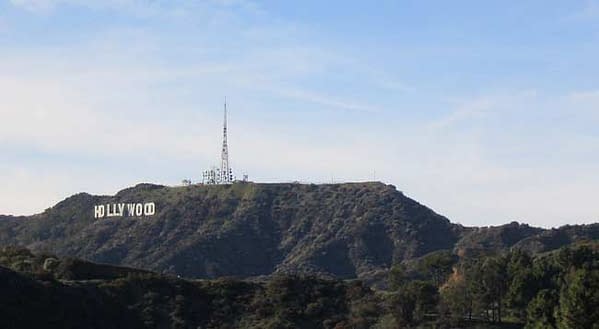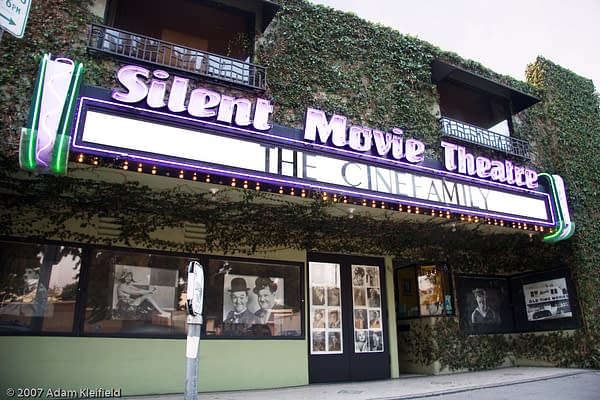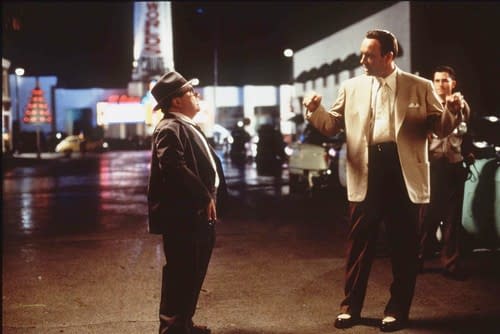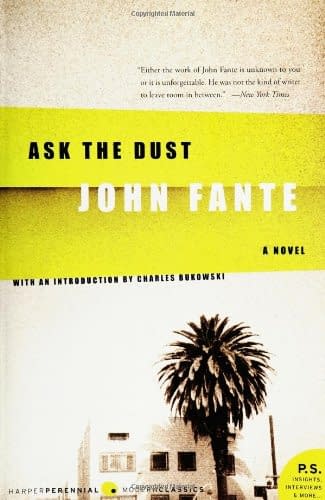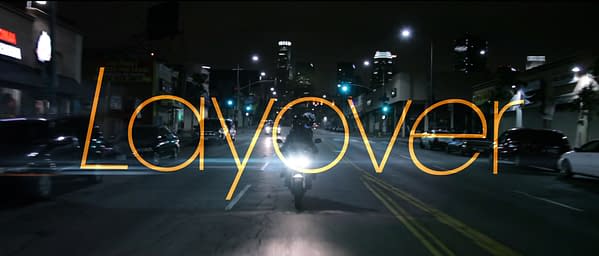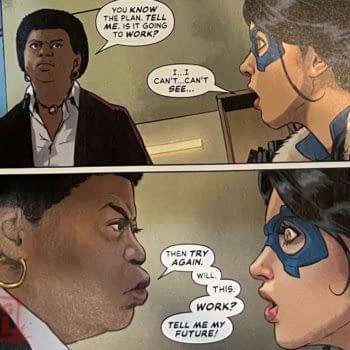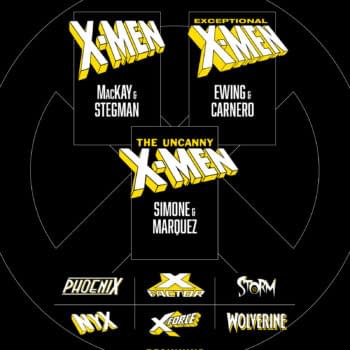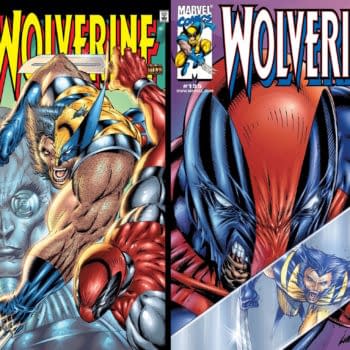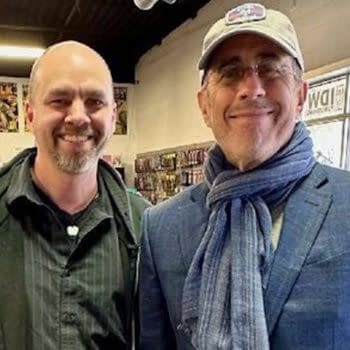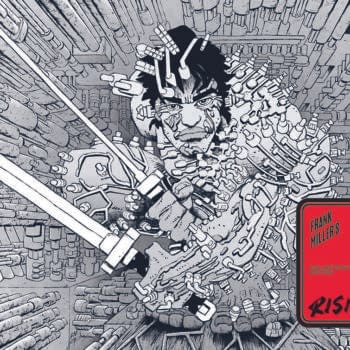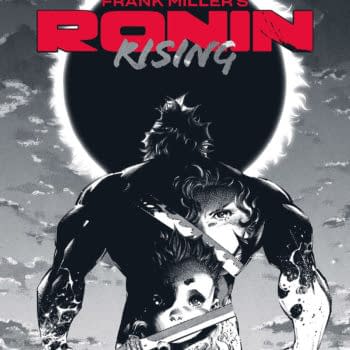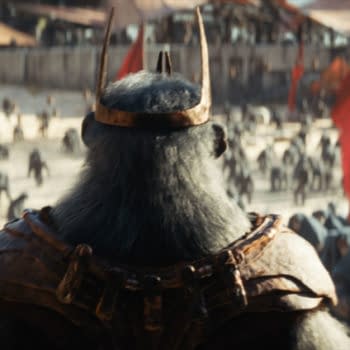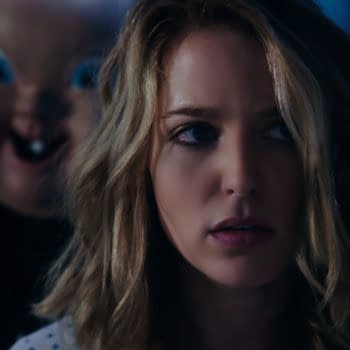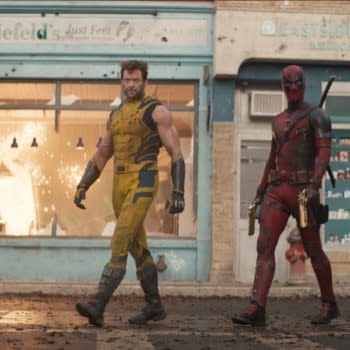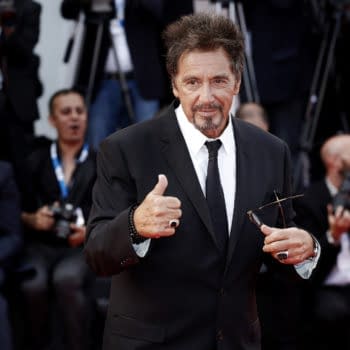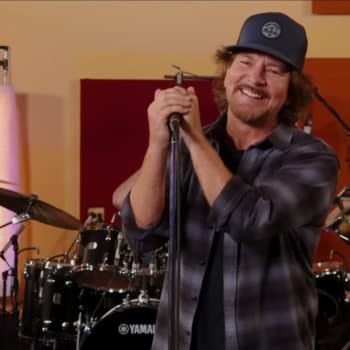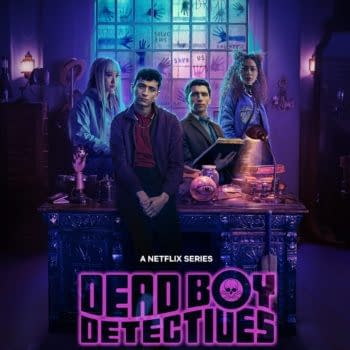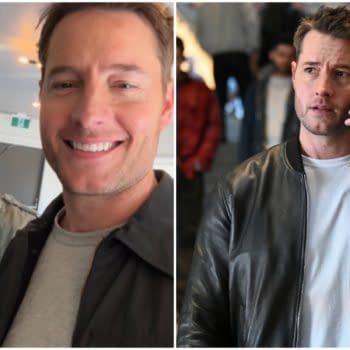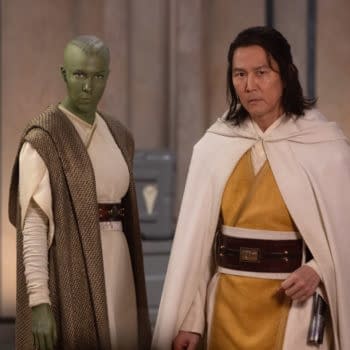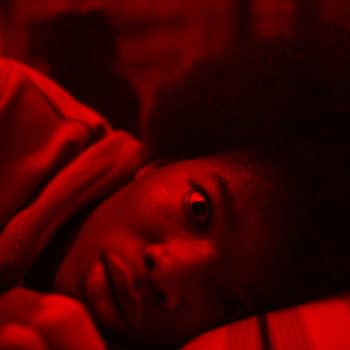Posted in: Movies, TV | Tagged: entertainmen, film, layover, movie
The Secret History Of Los Angeles As Told Through The Movies – Look! It Moves! by Adi Tantimedh
[youtube]https://www.youtube.com/watch?v=Ifii8LvR-ss[/youtube]
Adi Tantmedh writes,
One of my favourite documentaries, Los Angeles Plays Itself, is finally legally and widely available. It's out on DVD, Blu-Ray and streaming on Netflix.
Originally completed and premiered in 2003, the movie is a film essay by Thom Andersen, consisting entirely of 200 clips from movies shot on location in Los Angeles and Hollywood between the 1920s and 2002. A film professor at the California Institute of the Arts, Andersen had intended it to be a lecture for his students about the real history of Los Angeles compared to the myths and misrepresentation shown in the movies. It grew to 170 minutes and became a cult hit on the indie and festival circuit but was never available commercially. Many people assumed this was because of the copyright issue over the 200 clips from Hollywood movies, though Andersen had Fair Use on his side. He just didn't have the time or resources to legally defend that claim should any studios try to sue. It was only recently that a prominent copyright lawyer vetted the film that it could finally become available.
What gives the movies and Los Angeles that extra buzz as opposed to other cities is the fact that Los Angeles is where Hollywood is. This is the centre of the Dream Machine, the movie business, and where, until recently, American movies were shot. Andersen laments the way the movies depict the myth of city as a place where everyone is in the movie business. There's a sense of narcissism as the movies seemed to be about the movie industry obsessively looking at itself, presenting itself as something other than what it really is, often faked to represent other cities, ignoring the ordinary people and political and social forces the shape and drive the city.
Andersen talks about looking beyond the fiction and narrative of the movies and at the locations captured on film. This is where movies become social document, capturing the changing face of the city through the decades as the cameras rolled. This is where myth, social document and pop culture intersect. B movies, dramas, Science Fiction flicks, action thrillers, exploitation movies, all of these become records of Los Angeles then and now, recording parts long gone, like the old Bunker Hill, the long-disappeared tram system, the Downtown area of yesterday and the present. The Bradbury Building becomes a jobbing actor in its own right over several decades, appearing as a character in noir thrillers and B movies, culminating in its appearance in Blade Runner. Buildings with distinct architecture like Union Station became the ultimate character actors appearing in movie after movie, often standing in for locations other than Los Angeles. Palm trees become unwelcome, unavoidable extras and onlookers when the setting is supposed to be Chicago or Japan, and filmmakers hope audiences don't start notice them too much. Time and Space are frequently subverted and distorted in the movies, a single edited placing one part of the city and another faraway region together to suggest they're in the same area. Nearly 100 years' worth of movies shot there become about Los Angeles looking at herself, though she often lies about who she really is like a desperate starlet trying to keep up her glamour, an apt metaphor for the pretence and artifice of the city that keeps changing its appearance. The real history of Los Angeles becomes fictionalised and hidden in fantasy plots of movies like Chinatown and Who Framed Roger Rabbit? Racial and social history is only occasionally depicted directly in movies like American Me.
Los Angeles is a city that shouldn't exist, willed into existence by political forces, industry and sheer force of will, with a sense of impermanence and instability ever present, as if it could disappear in the blink of an eye when you least expect it. I've always been fascinated by the city as a myth, a state of mind that its legacy of literature and movies have created. Next to the movies, you get novels and stories by Charles Bukowski, Budd Schulberg, Bruce Wagner, Nathaniel West, John Fante and others all create a psychohistory of the city.
The commercial release of Los Angeles Plays Itself now is actually an ironic capstone because very few movies are actually shot in Los Angeles these days. Expensive union demands and the lack of tax incentives has driven production out of the city and over to places like Vancouver, Toronto, Atlanta, and New York. In fact, there are more movies and TV shows shot on location in New York City now than in Los Angeles. Andersen's documentary essay ends up becoming another social document, charting the decades when Los Angeles was the capital of production and the focal point of American anxieties on the big screen. Now all that is over. Even though scripts are written and movies developed in Los Angeles, the actual movies are shot almost anywhere but Los Angeles. It's also ironic that the most prominent depictions of the city recently has been in AAA video games L.A. Noire and Grand Theft Auto V, both of which condense and warp the geography of Los Angeles into a manageable size even as they set out to recreate the mythical feel and texture of the city.
But wait, Los Angeles has perhaps a few last gasps: there's the recent Radio Free Albemuth, which adapted Philip K. Dick's Science Fiction novel and set it in an alternate 1984 Los Angeles, and a new low budget movie called Layover, written and directed by Joshua Caldwell. Produced for only $6,000, the movie portrays the city as a nighttime dreamscape that a French women passes through on her way to Asia to meet her boyfriend.
I read a report a few weeks ago that China was planning to shoot some of its movies and TV dramas in Los Angeles, and the mayor was certainly enthusiastic in welcoming their money to the city. This made me think of a surreal Science Fiction scenario where film and TV production in the Los Angeles of the near-future was predominantly for Chinese soap operas while actual American productions were in Canada, New York City and anywhere else but Los Angeles. Probably won't come to pass, but it was interesting to think about.
Playing Los Angeles at lookitmoves@gmail.com
Follow the official LOOK! IT MOVES! twitter feed at http://twitter.com/lookitmoves for thoughts and snark on media and pop culture, stuff for future columns and stuff I may never spend a whole column writing about.
Look! It Moves! © Adisakdi Tantimedh


